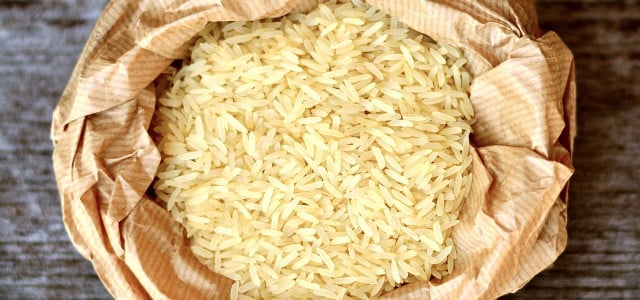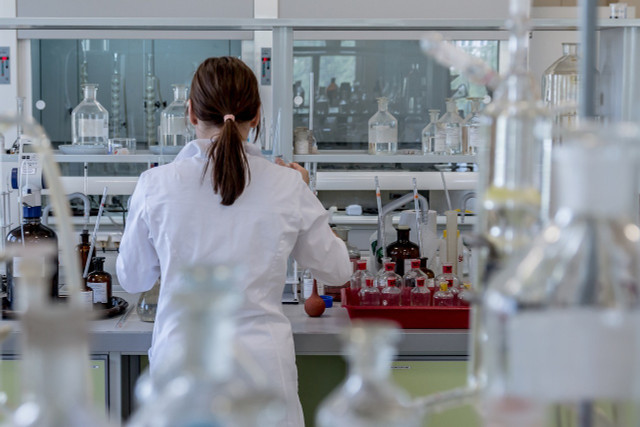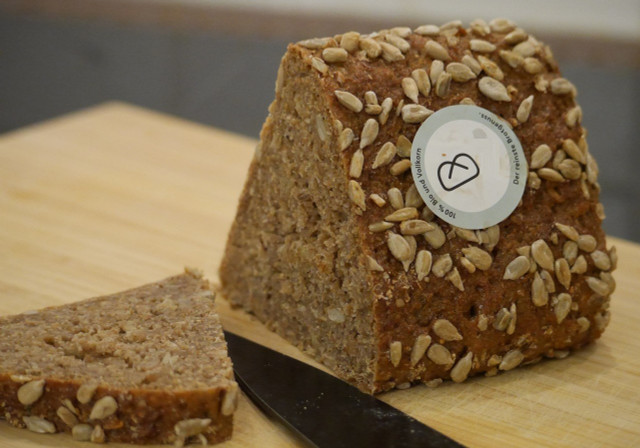
Arsenic is a naturally occurring substance that is toxic to humans. However, it is also found in foods such as rice, baked goods, milk and drinking water. But at what dose is arsenic dangerous?
Arsenic is a metalloid that occurs naturally. Many rocks contain arsenic, which the rain washes out and wears away over time. It is often volcanic rock that contains arsenic.
In addition, humans also play their part in the fact that arsenic is increasingly released in nature: Arsenic can be produced when fossil fuels are burned and when lead and copper are processed. Phosphorus fertilizer also contains many heavy metals, including arsenic.
Arsenic accumulates in nature through these many routes and ends up in our food through rice and grain cultivation. According to the European Food Safety Authority (EFSA), inorganic arsenic is carcinogenic in large quantities, while organic arsenic is less harmful.
Arsenic in rice: stricter limit values
Scientists, consumer protection organizations and supervisory authorities repeatedly find residues of inorganic arsenic in food. The best known are the arsenic finds in rice:
-
Wholegrain rice is usually particularly heavily contaminated with arsenic, Öko-Test has found out.
- The arsenic content of basmati rice is extremely low, explains Stiftung Warentest. The experts suspect that this is due to the low arsenic content in the Basmati cultivation area.
- In processed rice products, however, the arsenic content is again quite high. This shows, among other things, an eco-test.
The Federal Institute for Risk Assessment (BfR) says consumers should “vary the types of grain they eat whenever possible”. In addition, parents should not feed their children exclusively with rice-based drinks or complementary foods such as rice porridge (…). When it comes to snacks, you should also vary products such as rice cakes with rice-free snacks.” However, the Federal Institute for Risk Assessment for products in Germany does not see an acute health impairment.
There have been limit values for arsenic in rice in the EU since 2016, and these were tightened in 2023:
- Products for infants and young children: 0.02 mg/Kg
- White or polished rice: 0.15 mg/Kg
- Pre-cooked and husked rice: 0.25 mg/Kg
- Rice cakes: 0.3 mg/Kg
However, according to the BfR, the arsenic content also depends on the preparation. If you wash the rice well beforehand and boil it with plenty of water, you can reduce the arsenic content.
Arsenic in other foods

(Photo: CC0 / Pixabay / SylwesterL)
Scientists have also detected arsenic in many other foods. A German research team came to the conclusion that for us in Germany…:
- …bread and rolls are the biggest sources of arsenic. Baked goods are not as heavily contaminated as rice, but we eat them more often.
- …Milk and milk products as well as drinking water are the greatest risk sources for arsenic for children in Germany.
For many products, however, there are no arsenic limit values. In addition to rice and rice products, only drinking water has a limit value (0.01 mg/kg). Stiftung Warentest had recently found arsenic in mineral water, but below the limit.
Toxic effects of arsenic: How toxic is the metalloid?

(Photo: CC0 / Pixabay / jarmoluk)
- The International Agency for Research on Cancer (IARC) has classified arsenic as “carcinogenic to humans”. There is a high risk of lung, skin and bladder cancer.
- According to the BfR, arsenic can easily cross into the placenta/foetus and accumulate in the liver, kidneys, spleen and lungs.
- According to the BfR, studies from South America and Asia show that people in regions with drinking water containing arsenic have a higher cancer risk.
It is not possible to generalize from how many milligrams of arsenic is lethal. Because it affects everyone differently and depends on many factors. But as little as 60 milligrams can be fatal in some people.
However, the European Food Safety Authority (EFSA) has calculated that…
- …small children in Europe absorb up to 2.09 micrograms of arsenic per kilogram of body weight every day. This puts you at an increased risk of cancer.
- …the cancer risk in adults increases if they ingest a daily dose of arsenic between 0.3 and 8 micrograms per kilogram of body weight.
Avoid arsenic and rice?

(Photo: Sven Christian Schulz/Utopia)
BfR experts see no acute danger from arsenic with a balanced diet. In order to avoid arsenic as much as possible, you can remove foods that contain arsenic from your diet:
- Replace rice with millet, quinoa and buckwheat,
-
eat rye bread instead of white bread,
- Replace cow’s milk with plant-based milk.
Read more at Utopia:
- Mineral water test: uranium, nitrate and pesticides – which is the best mineral water?
- Washing or soaking rice – does that make sense?
- Cooking brown rice: how it works and why it is so healthy
Revised by Nora Braatz